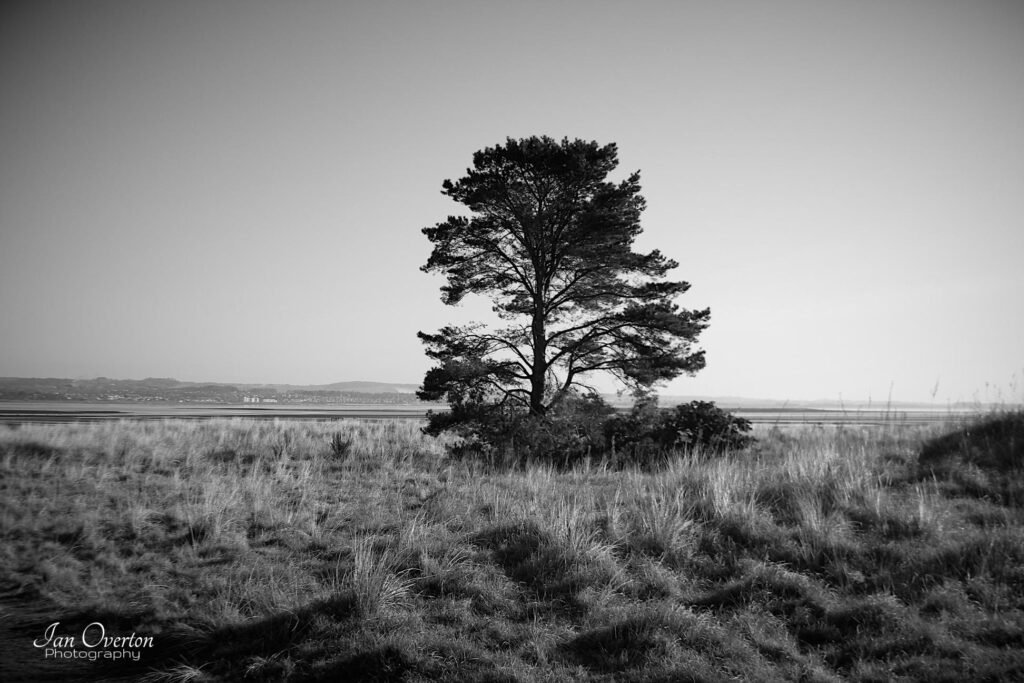Introduction
The countryside has long been a muse for artists and photographers alike. Rolling fields, weathered barns, misty hills, and lone trees evoke peace, isolation, and a sense of timelessness. When captured in monochrome, the rural landscape transforms—free from the distraction of colour, the essence of place comes forward through tone, texture, and contrast. Countryside monochrome photography doesn’t just document the land—it reveals its quiet soul.
1. Why Shoot the Countryside in Black and White?
Colour in rural photography often plays a dominant role—lush greens, golden fields, blue skies. But when you strip it away, what’s left is mood, atmosphere, and raw structure. Monochrome simplifies the scene, helping the viewer focus on shape, light, and emotion.
Emotional Tone: Black and white emphasizes solitude, nostalgia, and permanence. It can turn a sunny field into a place of reflection, or a crumbling stone wall into a poetic monument of the past.
2. The Power of Light in Open Spaces
Rural landscapes are expansive, and the quality of light can make or break a monochrome image.
Golden Hour: Soft, angled light adds depth and subtle shadows that enhance rolling terrain or field textures.
Overcast Days: Perfect for evenly lit scenes with minimal shadows—ideal for capturing mood and gentle gradients.
Fog & Mist: These natural diffusers add mystery and softness, especially powerful in black and white where contrast and haze become storytelling tools.
Tip: Watch how clouds cast moving shadows across the land. Timing your shot with these fleeting changes can dramatically shape your image.
3. Subjects That Shine in Monochrome
The countryside offers countless subjects that are naturally suited to black and white photography:
Trees: Especially solitary or skeletal ones in winter—rich in form and symbolism.
Fences & Stone Walls: Create leading lines and rhythm across the frame.
Old Farmhouses & Barns: Weathered textures, broken windows, and abandoned structures echo rural history.
Paths & Dirt Roads: Provide strong composition lines and suggest journeys or isolation.
Livestock & Wildlife: Sheep in fog, horses on a hilltop—these add life and scale to vast rural spaces.
4. Compositional Strategies
With fewer distractions, composition in monochrome becomes even more critical:
Rule of Thirds: Place key elements like trees, buildings, or hills along intersecting points to create balance.
Negative Space: Let large areas of sky or open field breathe—this enhances the feeling of solitude.
Foreground Interest: Add depth with rocks, flowers, or grass in the foreground leading toward the main subject.
Lines & Shadows: Use furrows, fences, or shadows to guide the viewer’s eye through the scene.
5. Post-Processing Tips for Rural Monochrome Images
Monochrome processing helps define the atmosphere you’re trying to evoke:
Contrast & Tone Curves: Boost contrast for dramatic skies or reduce it slightly for a softer, nostalgic look.
Dodge & Burn: Subtly lighten highlights or darken mid-tones to guide attention.
Texture & Clarity: Enhance bark, stone, or soil details—rural textures are part of the story.
Split Toning: Even in black and white, subtle cool or warm tones can affect mood.
Tool Suggestion: Use Lightroom’s B&W mix sliders to control how colours convert to greyscale (e.g., darken blue skies or brighten green fields).
6. The Mood of Silence
Rural black and white photography often feels like a meditation—a pause in time. A mist-covered valley. A field under snow. A distant farmhouse under a wide sky. These scenes evoke calm, reflection, and permanence. They remind us of a slower pace of life, of heritage, and the quiet poetry of nature.
Conclusion
The countryside in monochrome reveals truths the eye might otherwise miss. It’s not just about what we see, but how we feel when we look. By focusing on light, shadow, and tone, you can create rural images that transcend mere documentation—they become timeless, emotional landscapes that whisper stories in silence.
